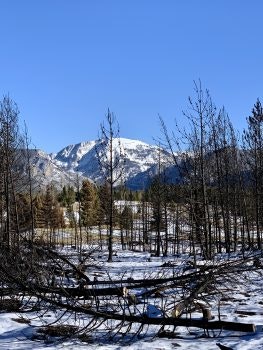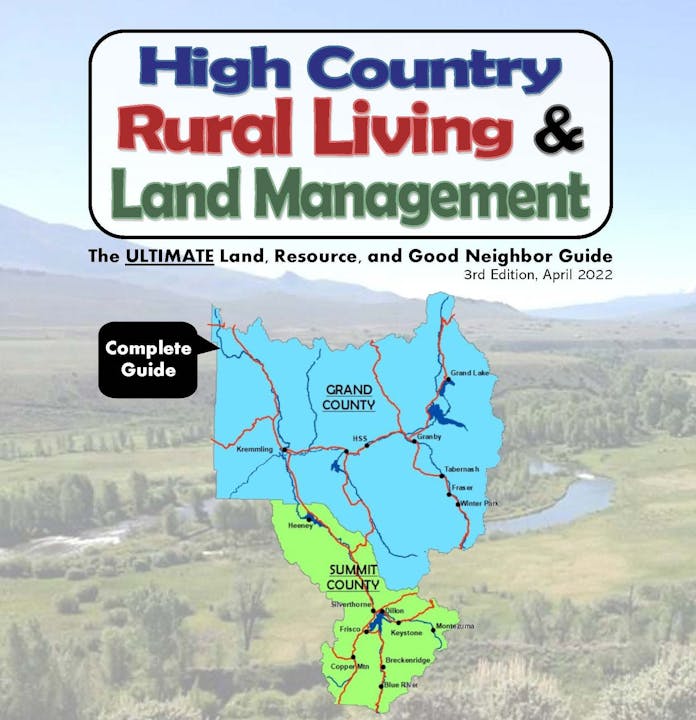A Wildfire is Here, Now What?
For map and info on current wildfires, visit inciweb.nwcg.gov/
For a map and info on smoke and air quality, visit fire.airnow.gov/
MAP - Grand County Evacuation Zones
Initial Actions

After the initial pre-evacuation or evacuation of your property, your endorphins will be running on high and you may be in some state of shock, panic, confusion, and distress. Consequently, you may not think of all the things you should do after the fire.
- Call, text, or use social media to let friends and family know you are okay.
- Check the jurisdiction’s website and social media accounts to determine if they have set up an Evacuation Center or Disaster Assistance Center (DAC).
- If you were evacuated, it may be imperative that you check in with the Evac Center to let them know you have evacuated and how you can be reached. They may also have resources on shelters.
- Grand County Emergency: www.gcemergency.com/
- Summit County Emergency: summitcountyco.gov/96/Emergency-Management
- If you were evacuated, it may be imperative that you check in with the Evac Center to let them know you have evacuated and how you can be reached. They may also have resources on shelters.
- Sign up for Emergency Notifications if you have not already done so.
- Grand County: www.gcemergency.com
- Summit County: summitcountyco.gov/1149/Summit-County-Alert
- Limit wildfire smoke exposure and keep an eye out for air quality advisories.
- Pay attention to any community meetings that may be held.
- DO NOT GO AROUND, MOVE, OR OTHERWISE BYPASS BARRICADES AND CLOSURES. They are there for your safety.
Next Steps
- Contact your insurance agent and mortgage company to let them know what happened, where you are, and how you can be reached.
- Keep ALL receipts. Out-of-pocket expenses during a mandatory evacuation are reimbursable under most standard homeowner policies.
- Prepare a detailed inventory of everything in your house so that you can verify upon reentry whether it was damaged or not. Make two copies; one for yourself and one for the insurance adjuster. Your list should be as complete as possible, including a description of the items, dates of purchase or approximate age, cost at time of purchase and estimated replacement cost.
- Determine what important documents were lost and begin replacing them (passport, ID, credit cards, birth certificate, will and living will, the itinerary and plane tickets for your next vacation).
Returning Home

- Do not return to your home until it is declared safe by local authorities. Injury is very common after a disaster when returning home because of debris, sharp objects, and unstable structures. Protect yourself by wearing eye protection, a mask, sturdy boots, long sleeves, long pants and gloves when returning home and cleaning up.
- Heed warnings from officials about boil water orders, food safety, debris and hazardous material disposal, health concerns (mental health, tetanus shots, wound care, and respiratory issues.)
- Inspect electrical, heating, septic, and water systems for damage BEFORE first use.
- Make whatever temporary repairs you can. Cover broken windows, damaged roofs and walls to prevent further destruction. Save receipts for supplies and materials you purchase.
- Take photos of all damaged areas and items.
Insight from a Wildfire Survivor
Schelly Olson is a wildfire survivor and first responder whose home was lost in the East Troublesome Fire of 2020.
References
- Colorado Firewise USA website. https://csfs.colostate.edu/wildfire-mitigation/colorado-firewise-communities/

